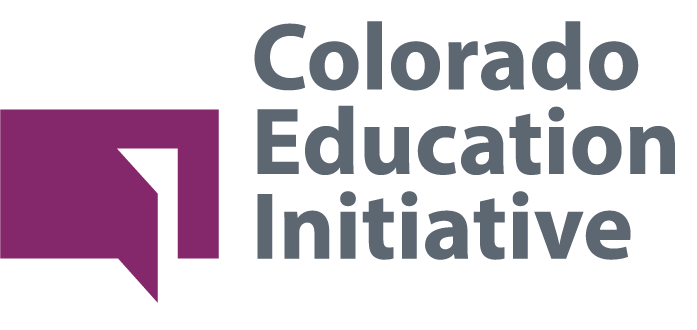How Next Generation Learning Guides Every Student Toward Their Full Potential
March 2, 2018
By Paul Beck | March 2, 2018
Teachers applying for jobs in Colorado Springs District 11 are in for a bit of a shock. There will be standard parts of their interview, of course, meetings with administrators and other teachers. But those interviews will also include much younger, smaller faces: students. It’s all part of the next generation learning effort happening in several districts across Colorado.
What educators in District 11 and other districts like Westminster Public Schools and Thompson Valley Public Schools are trying to do is find ways to prepare students for a future we cannot predict. After all, ask most anyone, and they’ll agree today’s world is not like it was 10, 25 or 50 years ago. So, it’s safe to say the one thing we can expect from the future is more and greater change.
Since we can’t teach student recognition, the best route is to help them build the skills they need to anticipate and adapt to nearly anything. That starts with empowering students to be active learners and fostering skills such as agility, critical thinking, creativity and problem-solving skills.
District 11 is taking on this challenge by involving students through sounding boards and advisory groups. Those in third grade and above are invited to be part of these boards, and student inclusion here isn’t simply a gesture. The students work together to address challenges and opportunities in the schools – including playing a role in hiring new teachers. Students interview candidates, observe them giving a lesson and give input into the selection of new teachers. The boards tap students not normally selected for these activities and who are having challenges at school. By going beyond the usual suspects, educators in the building get a new perspective, and the students who are struggling have the opportunity to be involved in changes that put them in charge of their learning.
New approaches, like District 11’s, are helping to ignite and realize the unique potential of every student. Involving students in decisions about how their school runs, complements the work the district is doing to create ways for students to have more voice and choice. And, they aren’t the only ones in the state using next generation learning to create and deliver personalized teaching and learning experiences. Thompson Valley Public Schools is intentionally shifting to learning environments in which students drive their learning to better develop a set of well-rounded skills needed for our dynamic world.
In Thompson Valley, schools are adapting weekly schedules to include a block of time for students to better understand their learning strengths and gaps, receive personalized guidance from their teachers and take their learning beyond straight academics. The district calls these periods “Plus Classes.”
To inform Plus Classes, students throughout the district take a culture and climate survey twice a year (fall and spring) that looks at the relationships between students, their teachers and their learning environments. The students review the results of these surveys and reflect on what their schools can do to better meet their needs. Plus Classes also emphasize social-emotional learning, giving students dedicated time to focus on important skills such as learning about setting and achieving goals, being good citizens, practicing leadership and collaboration skills, as well as how to navigate the potential pitfalls of social media. For teachers, the shift creates another substantial advantage. At some schools in Thompson Valley, teachers are in the classroom only four out of the five days of the week, allowing them one day for planning, digging deep into student data and professional learning.
This type of shift in schedule might seem like a radical change but the effort put in is paid back in full as both students and teachers develop stronger agency in their educational journey. This is the promise of next generation learning. In its many forms, it helps solve what’s currently wrong with our education system. In Westminster Public Schools, that includes improving the readiness of students to meet the requirements of the workforce or post-secondary education.
Schools in the Westminster district have moved to a competency-based education model that includes student support from their teachers to identify the right pathway through the content and have a say in how they master individual competencies. Every student in the district moves at their own pace as they go through a self-created “playlist” in the district’s learner management system. Students have the opportunity to dive deep into some content through a project-based learning task or move rapidly through an area of content that they can quickly and easily demonstrate mastery over. This approach gives students a chance to do work that meets their needs and engages their passions.
Designing and delivering education that promotes growth and guides all of our students to learn how to think, problem-solve and work collaboratively is education’s greatest challenge and opportunity. The work of these Colorado districts proves how capable next generation learning approaches are of meeting that challenge head-on. If we want to keep the promise we made to our students, their families and our communities to create environments where students learn to be creative, adaptive, and most of all, understand how to advocate and apply their unique talents to an ever-shifting job market, then embracing next generation learning is essential.
